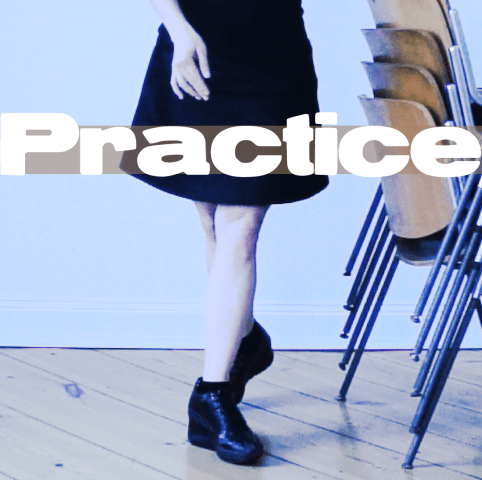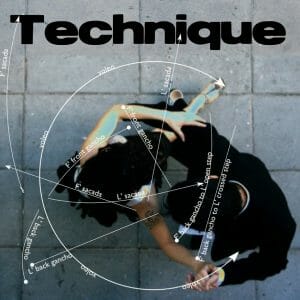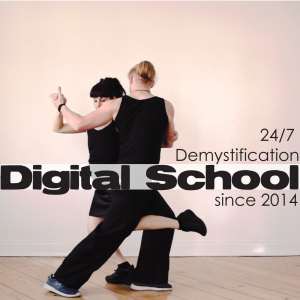So you feel ready (or you feel like you should be ready) to dance faster?
Here’s a guide to getting started with vals and milonga.
General points
- Faster is harder than slower. Always perfect your technique slowly before attempting to do any movement fast.
- Both vals and milonga can be danced slowly. Start by finding the slowest possible musicality for these dances. Then try speeding up occasionally during a song.
- There are no right and wrong or special moves for vals or for milonga. There’s a place and time and way to integrate most tango moves into vals and milonga, and there are some milonga moves that will find your way into tango…
- Every song is different. You won’t dance them all milongas in the same way. Sometimes you’ll hear ocho cortado, and sometimes you won’t. Don’t force it.
Vals for the Mark
- Vals is actually harder than milonga, in the sense that the music is very demanding, even relentless. It’s hard to give yourself permission to slow down. I find most of my students, when I tell them to dance in single-time find that is slower than they think. They need to slow down more.
- The first thing to do is find the “1” beat and dance a whole song on that. Ignore the fast 2-3 of the vals at first. Realize that unlike in ballroom or Viennese vals, in tango we commonly dance 40-60% of a vals song in single-time.
- You can dance a vals with beautiful musicality staying in single-time for 90% of the song. Only speed up when the music draws you to do so. That’s called finding your own musicality.
- When you want to speed up to “vals-time”, using a three-step, there are three ways to do it.
- The mark can speed up, leaving the revel in single time.
- Mark the revel to speed up while continuing to dance in single time.
- Both partners speed up together.
- The very easiest way to exploit these possibilities is to dance tango as usual, but instead of hiding your change of foot, show it in the music. Every change of foot you make to change systems can create a vals triple step.
- The hardest thing to do is accelerate your front walk. Leave that for later!
- Next look for any movement which involves three steps for you or the revel, and try accelerating these. Crosses (especially ocho cortado) are nice, but you’ll have to escape the “8-count basic” if you want to start thinking of crosses in terms of three steps.
- Notice the swirly melodic part of the vals music and put swirly moves there, like voleos, volcadas, and calecitas.
Vals for the revel
- Don’t speed up by yourself. Stay in single-time until the mark actually accelerates you.
Milonga for the mark
- Don’t be afraid of how fast the music is. Milonga is all about humor. Dancing it super-slow totally works as a humorous interpretation.
- The hardest thing to do is accelerate your front walk. Leave that for later!
- To be fast and cute at the same time, move your whole spine at once. Some people like to pretend to be a penguin, making tiny steps. In milonga we can even tilt the spine to create a very fast projection along one diagonal from the free leg’s foot to the top of the head.
- Use co-contraction by extension to speed up your rebotes.
Milonga for the revel
- The key is to keep your body taut, without becoming stiff. To do this, keep your base legs in co-contraction by extension and keep your elbow joints gently extended.
- Don’t get carried away. It’s fun, but if you go go go, an inexperienced mark will feel totally out of control.
- Projection gets faster, but it’s still there!
- Trust yourself, or you will definitely be late.













